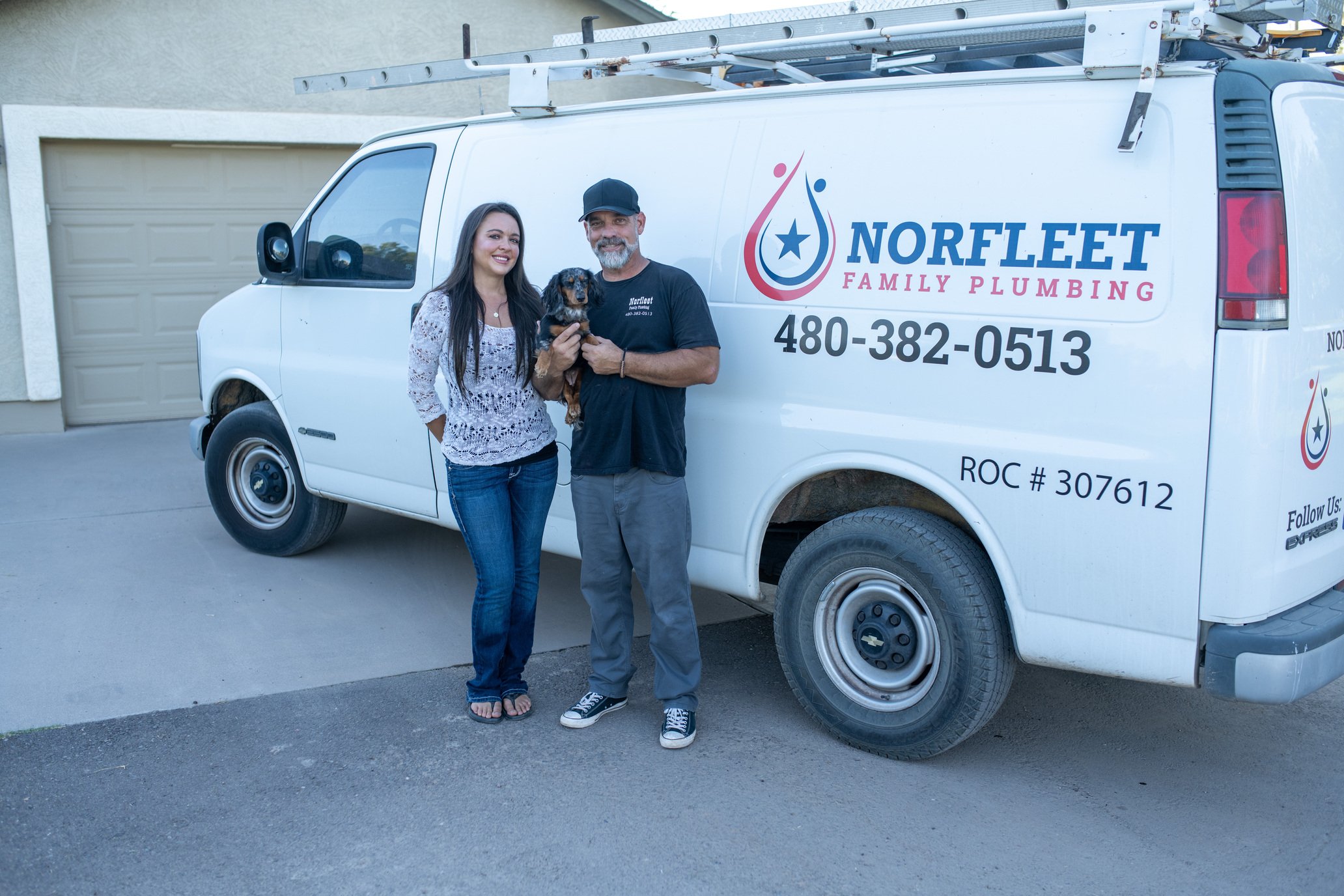Tips for Stopping Common Plumbing Problems in Your Home
Tips for Stopping Common Plumbing Problems in Your Home
Blog Article
We've unearthed this post about How to Deal With and Prevent Common Plumbing Problems below on the internet and decided it made good sense to relate it with you on my blog.

Introduction
Preserving a useful plumbing system is crucial for a comfy home. By taking preventive measures, you can stay clear of usual plumbing problems that might interrupt your day-to-day live and incur pricey fixings.
Routine Maintenance Checks
Consistently checking your plumbing system is necessary for identifying possible issues before they rise. Examine pipes, taps, toilets, and devices for leakages, corrosion, or signs of wear and tear.
Watch What You Flush
Bear in mind what you purge down your toilets. Stay clear of flushing products such as wipes, cotton balls, hygienic items, and paper towels, as these can trigger clogs and backups in your pipelines.
Proper Disposal of Grease and Food Waste
Dispose of grease, oils, and food scraps properly to prevent buildup in your pipes. Stay clear of pouring grease down the tubes, as it can solidify and trigger obstructions. Utilize a strainer in your cooking area sink to capture food fragments and vacant it on a regular basis.
Display Water Pressure
Keep an eye on your water pressure to stop stress on your pipelines and home appliances. High water stress can cause leaks and damages gradually. Take into consideration installing a pressure regulator to maintain optimum water stress throughout your home.
Secure Pipelines from Cold
Throughout cold weather, take steps to stop your pipelines from freezing. Shield exposed pipes, specifically those in unheated areas like cellars and attic rooms. Allow taps to leak during freezing temperatures to prevent water from cold in the pipes.
Address Leakages Without Delay
Deal with any kind of leakages or trickles as soon as you see them. Even small leakages can drainage and trigger damage to your home with time. Tighten loosened fittings or change worn-out seals to avoid leaks from aggravating.
Be Mild with Plumbing Fixtures
Prevent using excessive pressure when operating plumbing fixtures such as taps and shutoffs. Misuse can trigger wear and tear, resulting in leakages and other malfunctions.
Normal Drainpipe Cleansing
Set up normal drain cleaning to stop accumulation of hair, soap scum, and various other particles. Utilize a drain snake or chemical cleaner to get rid of clogs and keep smooth drainage.
Install Water Softeners
Think about setting up a water conditioner if you have hard water. Tough water can create mineral accumulation in your pipes and appliances, bring about decreased water circulation and effectiveness.
Enlighten Home Members
Educate everyone in your home regarding proper plumbing practices. Teach them what must and shouldn't be flushed or taken care of down the tubes to avoid avoidable plumbing issues.
Final thought
Stopping common plumbing issues in your house needs persistance and routine upkeep. By adhering to these preventive measures, you can make sure that your plumbing system runs efficiently and avoid expensive repair work in the future.
Expert Tips for Preventing Common Plumbing Issues
Keep Drains Clear and Functional
Regularly clean drain covers and hair-catching devices to eliminate debris and prevent buildup. Avoid disposing of grease, oil, or coffee grounds down your drains, as they can congeal and accumulate over time, creating obstructions. Consider using a biodegradable drain cleaner periodically to break down organic matter and maintain clear pipes. Prevent and Identify Leaks Early
Regularly inspect visible plumbing connections, pipes, and fixtures for signs of moisture or corrosion. Fix loose connections or replace damaged components as needed. Install water leak sensors in high-risk areas such as under sinks, near water heaters, and around washing machines to provide early warning of potential leaks. Monitor your water bill for sudden increases in usage, which may indicate a hidden water leak. Protect Plumbing from Freezing Temperatures
Allow faucets to drip slightly during extremely cold weather to prevent freezing and pressure buildup inside the pipes. Seal gaps and openings in walls, doors, and windows near plumbing to prevent drafts from reaching your pipes. Maintain Optimal Water Heater Performance
Schedule annual professional maintenance of your water heater, including checking pressure-relief valves, flushing sediment buildup, and inspecting for corrosion or leaks. Maintain the manufacturer-recommended temperature setting, typically around 120°F (49°C), to optimize energy efficiency and prevent scalding. Consider installing an expansion tank in your system if you have a closed-loop water supply, which prevents excessive pressure buildup and potential water heater failure. https://www.climatecontrolkc.com/blog/plumbing/tips-for-preventing-plumbing-issues/

I recently found that content on when doing a lookup on the web. If you please take the opportunity to share this blog posting if you enjoyed it. Bless you for your time. Come back soon.
Call Today Report this page